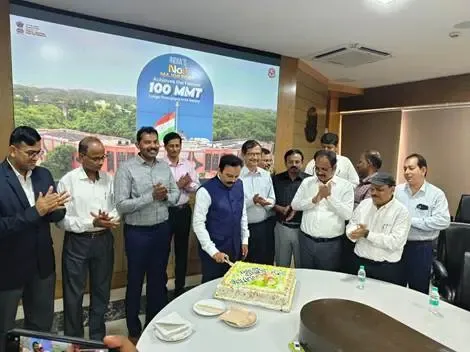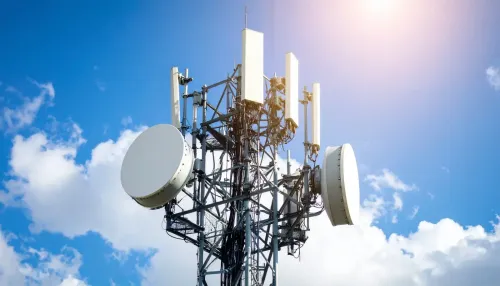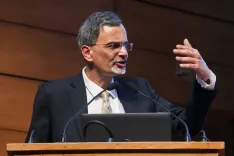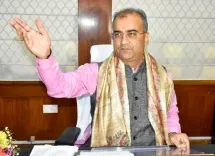How is Australia Supporting India's Goal of 10 Million Solar Rooftops?
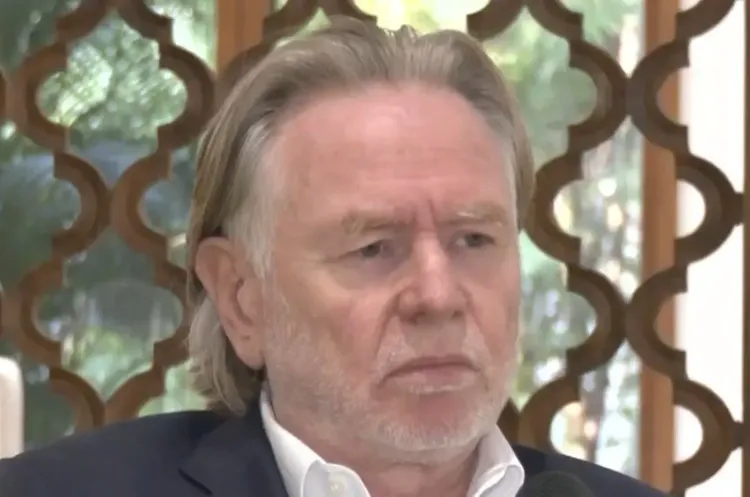
Synopsis
Key Takeaways
- Australia aims to support India's plan for 10 million solar rooftops.
- Training programs in Gandhinagar will focus on empowering young women.
- Collaboration includes critical minerals like lithium for electric vehicles.
- There is ongoing work on a bilateral free trade agreement (CECA).
- Partnerships in defense and education are also in progress.
New Delhi, Nov 27 (NationPress) The Australian High Commissioner, Philip Green, remarked on Thursday that Australia's primary focus in bilateral energy cooperation is to equip India to fulfill Prime Minister Modi's vision of achieving 10 million solar rooftops. Experts from Australia are actively engaged in training the workforce required for this initiative.
Green highlighted that Australia possesses significant expertise in solar technology, stating, "The modern technology utilized in solar rooftops incorporates PERC technology, which originated at the University of New South Wales in my hometown, Sydney. We hold as many international patents in renewable energy as major global players like Germany. Our goal is to bring cutting-edge technology to India." In an exclusive interview with IANS, he emphasized this collaboration.
He noted that Australia leads the world in solar rooftop deployment per capita and is working to establish an academy in Gandhinagar that will train over 2,000 individuals, primarily young women, in the technologies needed for solar rooftop installations. This sector represents a vast field of opportunities, he added.
Furthermore, Green mentioned a meeting scheduled at the Australian High Commission, aiming to connect Indian business leaders with Australian scientists and technology experts to facilitate technology transfer, maximizing India’s solar and renewable energy goals.
"Australia is renowned for its innovation, but with a smaller population, we lack extensive ties to global tech supply chains like India. Our objective is to merge Australian technological ingenuity with India’s expansive global capabilities. This partnership is exemplified through collaborations with firms like Infosys," he elaborated.
Additionally, he stated that India and Australia are advancing their partnership in critical minerals, expressing, "We aim to establish a direct supply chain for critical minerals such as lithium, essential for India’s growing demand for batteries and electric vehicles. Australia produces over 50% of the world’s lithium, and our focus is on developing processing capabilities alongside the supply chain for lithium and cobalt." Extensive discussions are underway to realize this goal.
He also mentioned that last year, leaders from both nations decided to revise their long-standing bilateral defense and security agreement, with active work ongoing in this domain.
"We are creating a comprehensive maritime security strategy to enhance our collaboration in this critical area," the High Commissioner noted.
Furthermore, he indicated that an Australia-India economic roadmap is in development, highlighting significant opportunities for deeper cooperation across various sectors. Trade ministers from both countries are actively collaborating on the second phase of the bilateral free trade agreement, known as CECA.
"In all these areas, including education, technology, and critical minerals, we face substantial challenges ahead," Green concluded.

